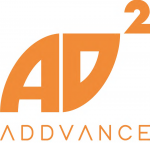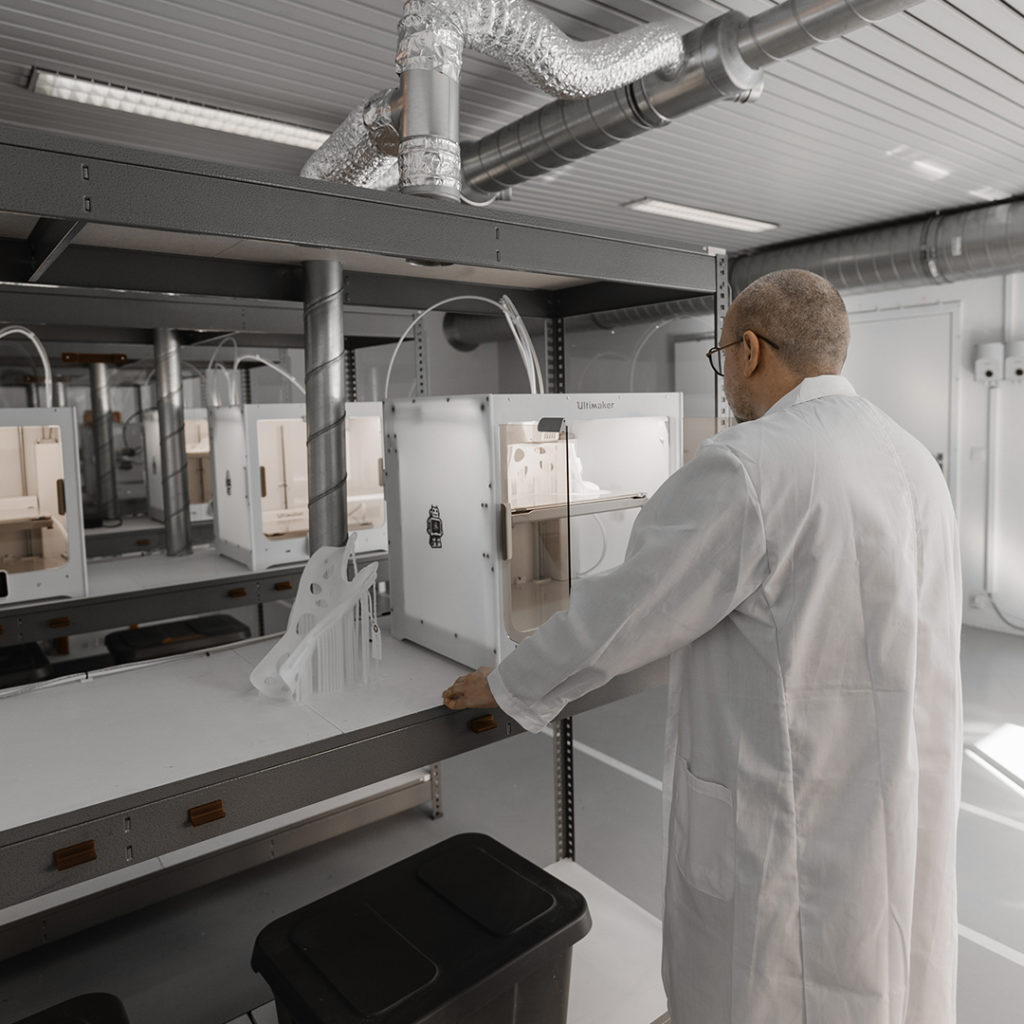3D printers are increasingly used in different areas; it is a fascinating subject that in the case of medicine has achieved inspiring results and its applications are gradually spreading. With 3D printing, exact models of an area of the body can be made so that surgeons can practice with real scales, prostheses, such as anatomical crutches or lighter limbs, and strips of human tissue can be printed.
The main direct applications of 3D printing in the medical and clinical field are as follows:
1. Personalized pre-surgical treatments and preoperative planning
A multi-step procedure is performed that, integrating clinical and imaging information, will determine the best therapeutic option.
Several studies have shown that patient-specific pre-surgical planning can potentially reduce the length of stay in the operating room and lead to fewer complications. In addition, this can lead to a reduction in postoperative stays, a decrease in reintervention rates and a reduction in healthcare costs. 3D printing technology allows to provide the surgeon with a physical 3D model of the patient’s desired anatomy that could be used to accurately plan the surgical approach along with cross-sectional images or, alternatively, model custom prostheses (or surgical tools) based on patient-specific anatomy
. . In addition, 3D printing offers the possibility to choose before implantation the size of the prosthesis components with very high precision.
2. Customize prostheses and surgical tools
3D printing can be used to create custom implants or surgical guides and instruments. Therefore, the customization of surgical tools and prostheses means a reduction in the cost of additive manufacturing.
3. Study of osteoporotic diseases
After a pharmacological treatment, 3D printing is useful to validate the results obtained by the patient. This allows for a more accurate estimate of the patient’s bone status and a better decision on surgical treatment.

4. Testing different devices on specific pathways
A clear example is the reproduction of different vascular patterns to test the effectiveness of a cardiovascular system used to treat peripheral and coronary artery disease. In this way, 3D printing allows us to quickly produce prototypes of new design concepts or improvements to existing devices.
5. Improving medical education through 3D printing
Patient-specific 3D printed models have been shown to increase performance and encourage rapid learning, while significantly improving learners’ knowledge, management, and confidence, regardless of area of expertise.
The benefits of 3D printing in education are the reproducibility and safety of the 3D printed model with respect to cadaver dissection, the possibility of modeling different physiological and pathological anatomies from a huge set of image data, and the possibility of sharing 3D models between different institutions, especially with those with fewer resources.
In addition, 3D printers can be used that have the ability to print with different densities and colors to accentuate anatomical details.
6. Patient education and storage of rare cases for educational purposes
Patient-centered care makes patient education a top priority for most healthcare providers. However, communicating imaging reports verbally or by showing patients their CT scans or MRIs may not be effective; Patients may not fully understand the 2D imaging representation of a 3D anatomy. Conversely, 3D printing can improve doctor-patient communication by displaying the anatomical model directly.
This allows the generation of a large dataset composed of data from patients affected by rare pathologies, allowing the training of surgeons in specific applications.
7. Improve forensic practice:
In a courtroom, a 3D model could be used to easily demonstrate various anatomical anomalies that may be difficult for jurors to comprehend using cross-sectional imaging.

8. Bioprinting
3D printing also allows the modeling of implantable tissue. Some examples are the 3D printing of synthetic skin for transplantation to patients who suffered burns. It can also be used to test cosmetic, chemical and pharmaceutical products.
Another example is heart valve replication using a combination of cells and biomaterials to control valve stiffness or human ear replication using molds filled with a gel containing bovine cartilage cells suspended in collagen.
9. Personalized 3D printing of medicines
3D printing of medicines involves printing the powdered drug layer so that it dissolves faster than average pills. It also allows the personalization of the necessary amount of the patient.
10. Customization of synthetic organs
3D printing can represent an opportunity to save lives by reducing the waiting list of patients who need a transplant. Bioprinted organs may also be used in the future by pharmaceutical industries to replace animal models to analyze the toxicity of new drugs.
We hope that with this article you have been able to get an idea of the multiple applications of 3D printing in the field of medicine, with the possibility of improving the health of patients, making their lives easier or for research and medical study. Want to know more? Contact us or check our training courses.

